Here’s How Every State in America Got Its Name Lauren Cahn ( courtecy;-reader's digest ) 50 Astonishing Facts You Never Knew About the 50 States Juliana LaBianca
- লিঙ্ক পান
- ইমেল
- অন্যান্য অ্যাপ
50 Astonishing Facts You Never Knew About the 50 States
Quick: Where are “idiots” not allowed to vote? Plus 49 other odd, outrageous, or revealing tidbits about America’s 50 states.
Alabama
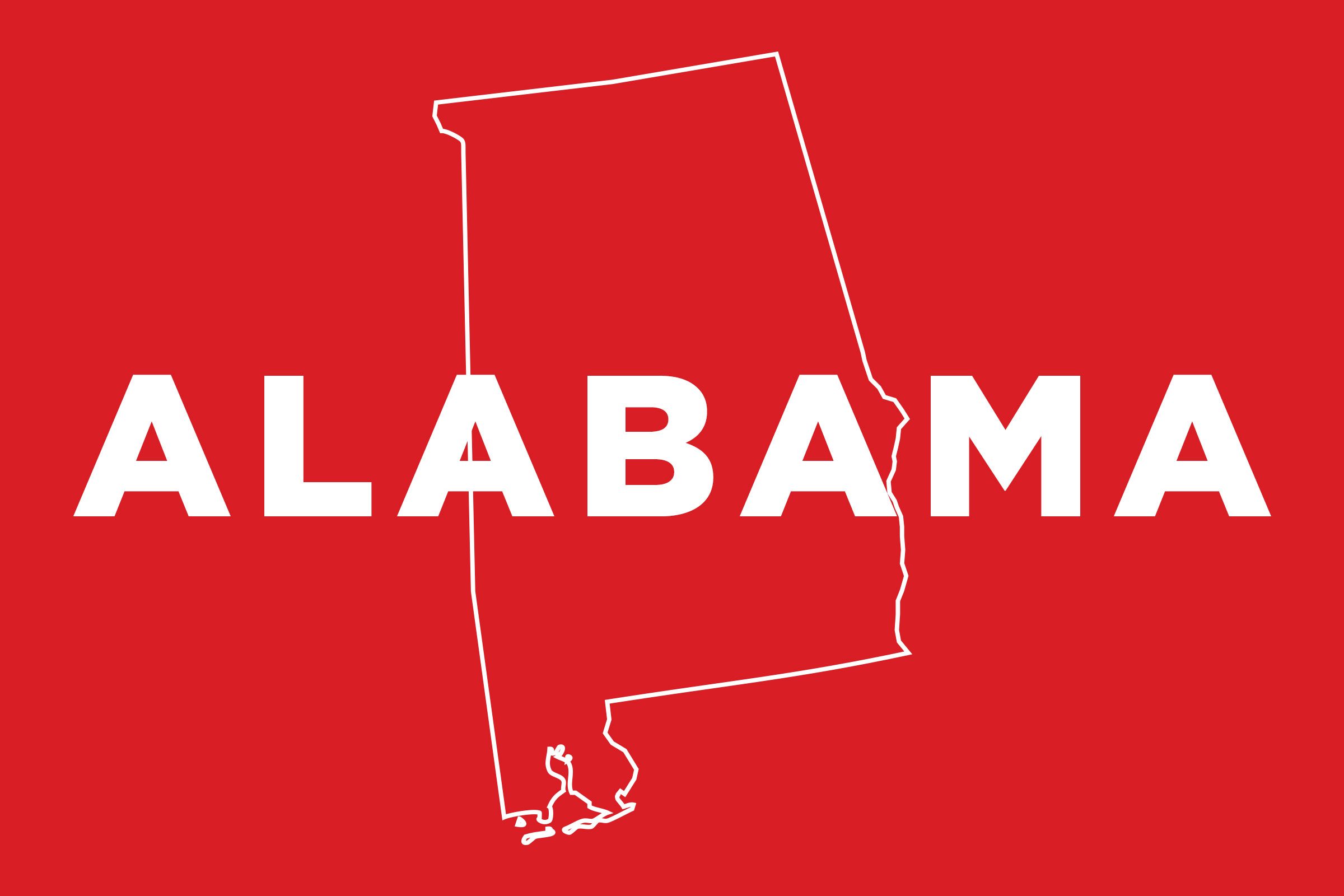 Emma Kapotes/Rd.com
Emma Kapotes/Rd.com
The only state whose official drink is an alcoholic beverage (Conecuh Ridge Alabama Fine Whiskey, originally distilled by legendary moonshiner Clyde May). (These are the 50 dumbest laws in every state.)
Alaska
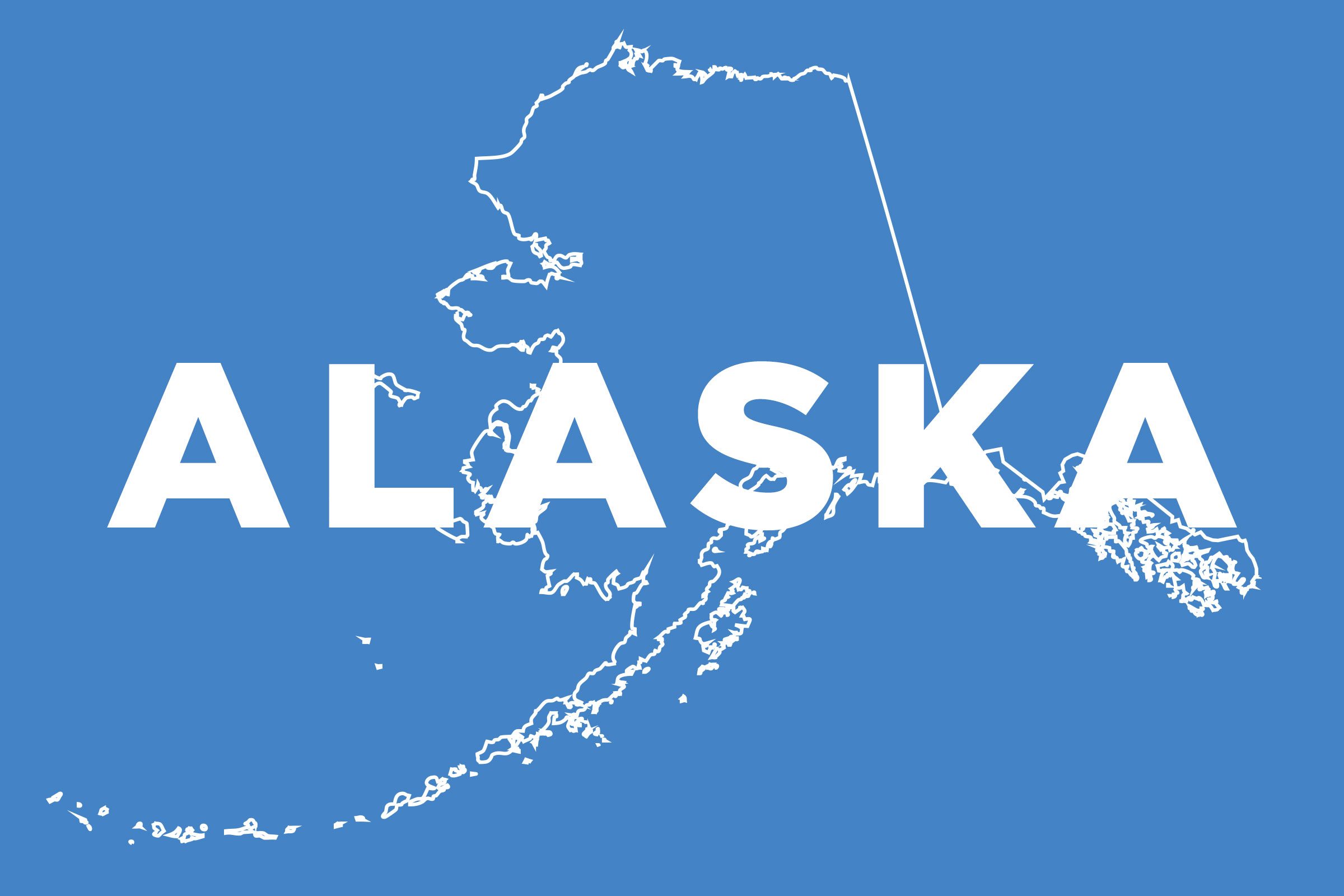 Emma Kapotes/Rd.com
Emma Kapotes/Rd.com
The state is known for fishing, mining, and oil, but its latest industry is peonies. Peony farms blossomed from zero in 2000 to more than 200 in 2014. (Say these 9 words and we’ll be able to tell you where you grew up.)
Arizona
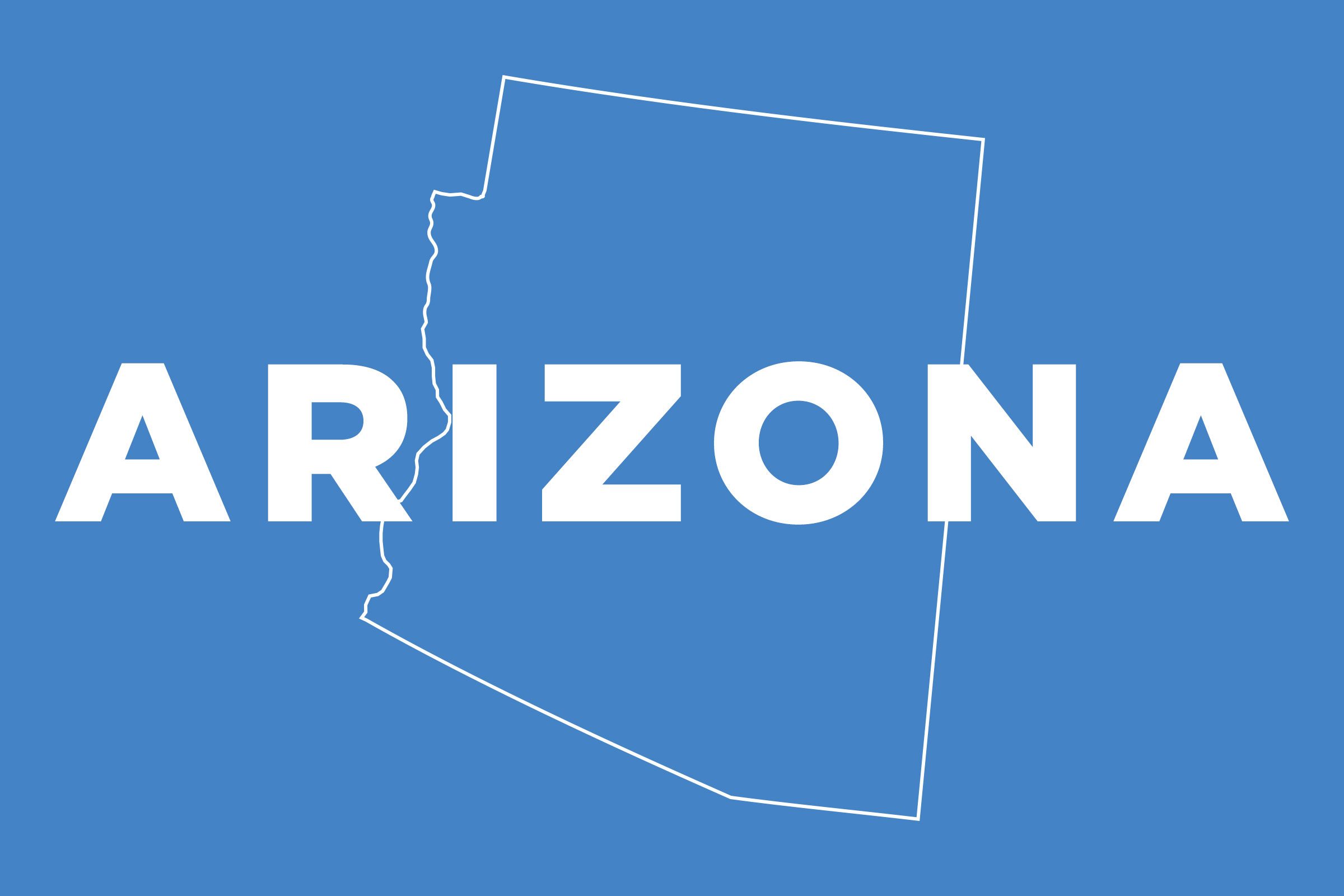 Emma Kapotes/Rd.com
Emma Kapotes/Rd.com
The state that produces enough cotton each year to make two T-shirts for every American (that’s 599 million tees).
Arkansas
 Emma Kapotes/Rd.com
Emma Kapotes/Rd.com
Site of the world’s most perfect diamond, the 3.03-carat Strawn-Wagner Diamond, and North America’s largest diamond, the 40.23-carat Uncle Sam Diamond, both unearthed at the Crater of Diamonds State Park in Murfreesboro.
California
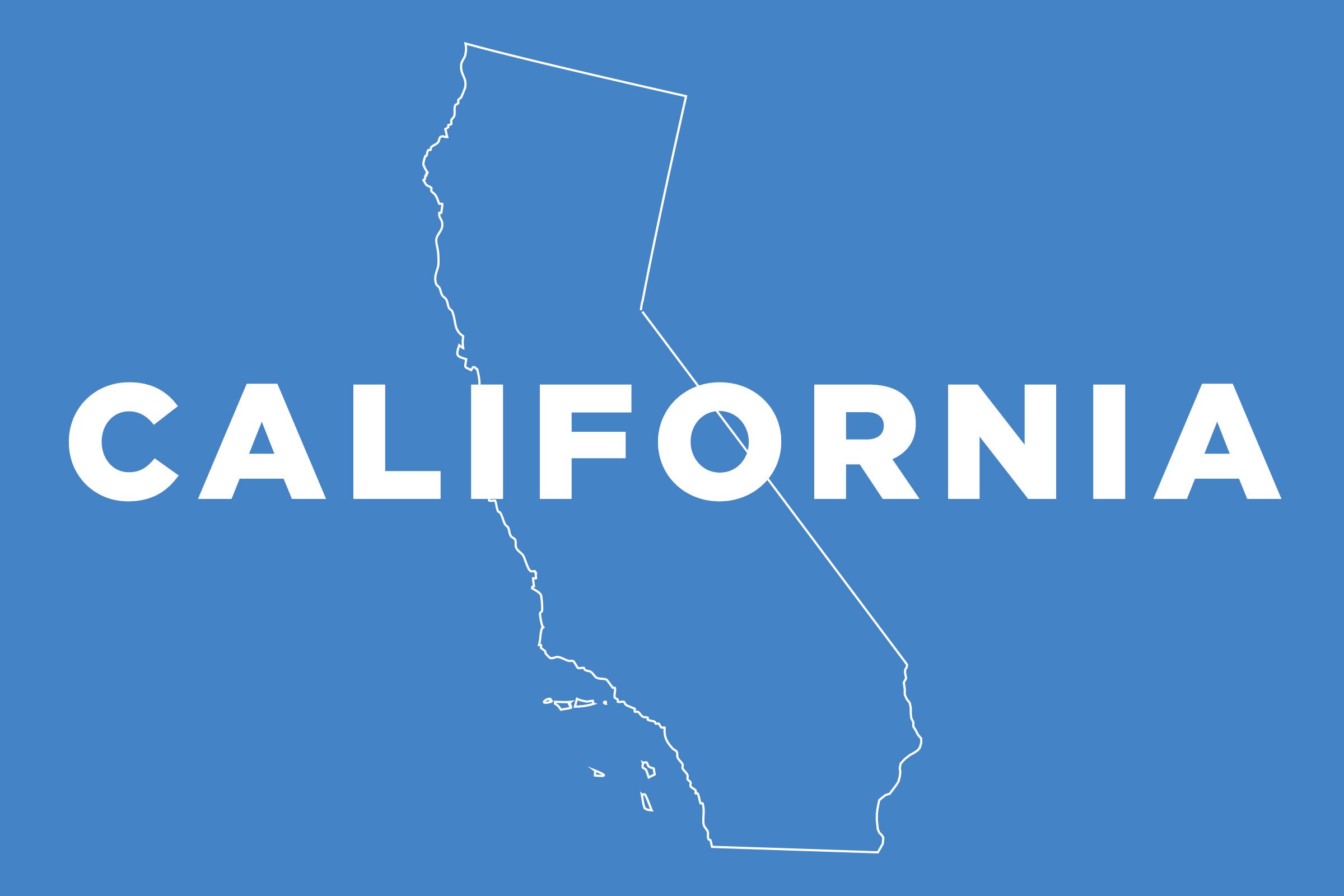 Emma Kapotes/Rd.com
Emma Kapotes/Rd.com
If it were a country, it would have the eighth-largest economy in the world, beating out Italy, Russia, and India. (These are the strangest food laws you’ll find in every state.)
Colorado
 Emma Kapotes/Rd.com
Emma Kapotes/Rd.com
Although Congress intended the state to be a perfect rectangle, its surveyors wandered a bit off course. A tiny kink in the western border disqualified it from rectangle purity.
Connecticut
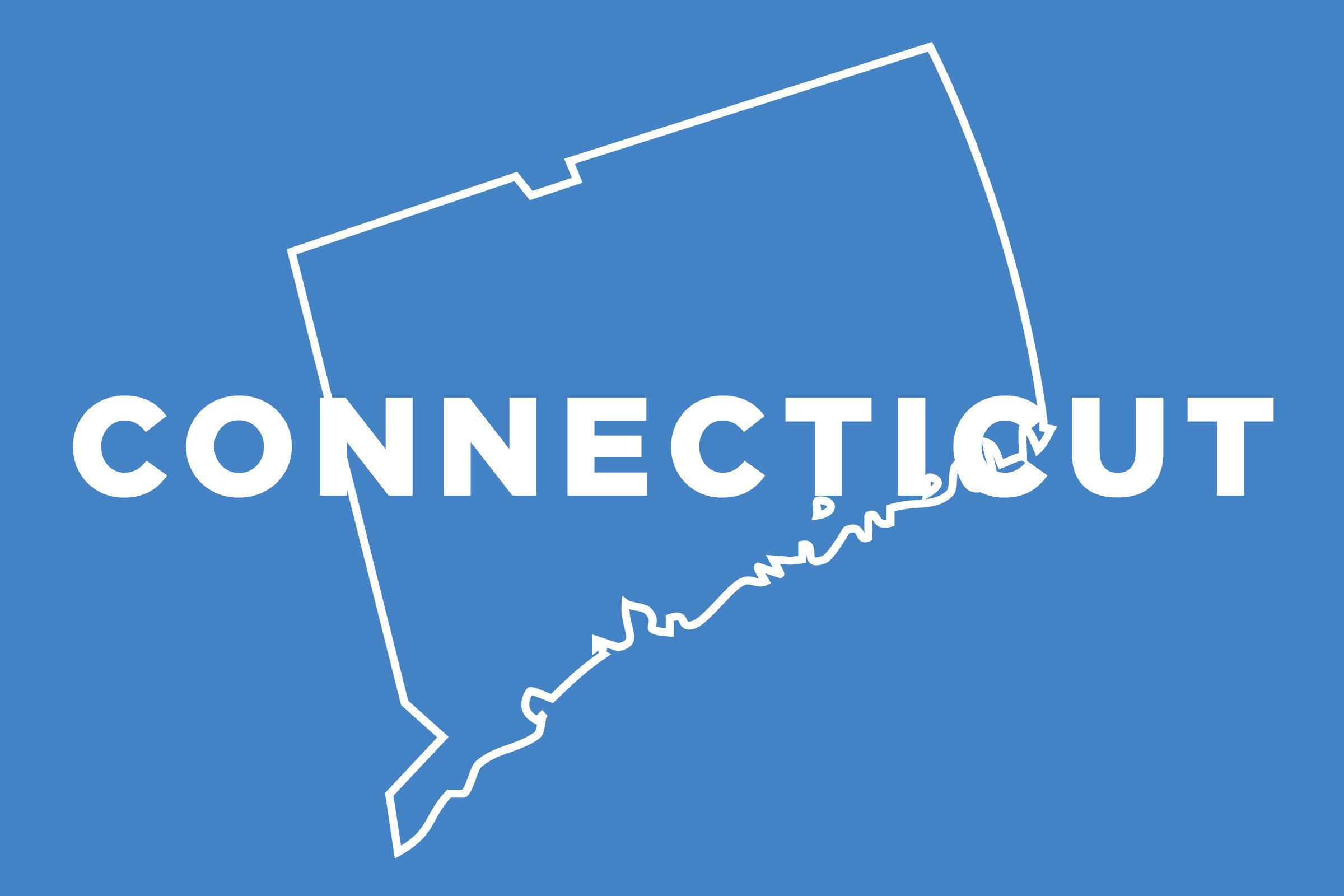 Emma Kapotes/Rd.com
Emma Kapotes/Rd.com
The first phone book was published in New Haven in February 1878, containing just 50 names.
Delaware
 Emma Kapotes/Rd.com
Emma Kapotes/Rd.com
The state with the most generous laws regarding company ownership has been the model for Cayman Islands and other offshore tax havens. (These are the cheapest months of the year to visit all 50 states.)
Florida
 Emma Kapotes/Rd.com
Emma Kapotes/Rd.com
The remains of an 8,000-year-old human civilization were found buried in a peat bog here. The bodies were so well preserved that human brain tissue was found in a woman’s skull with her DNA still intact.
Georgia
 Emma Kapotes/Rd.com
Emma Kapotes/Rd.com
Just outside Atlanta, the picturesque community of Serenbe requires each of its 200-plus homes to include a porch.
Hawaii
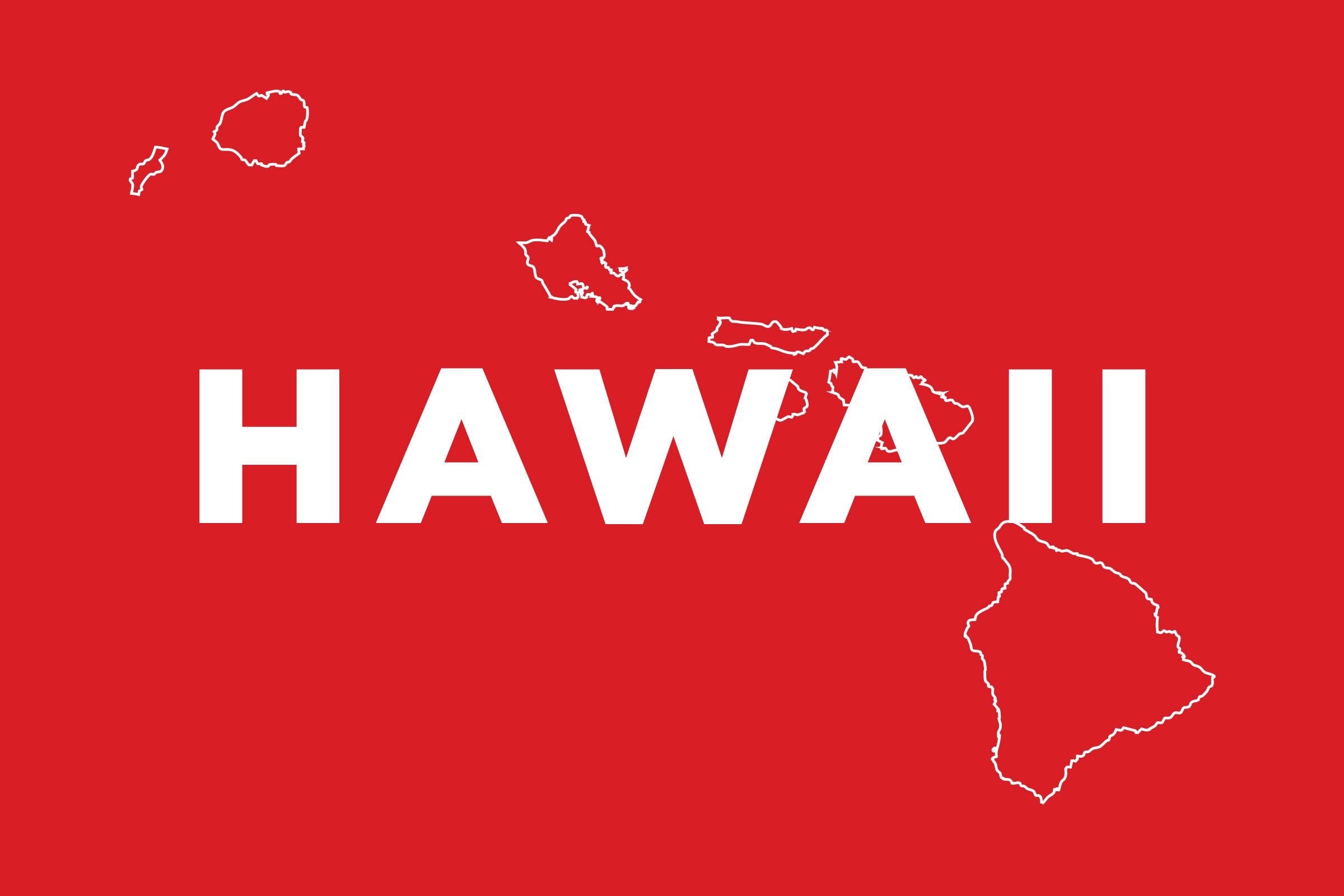 Emma Kapotes/Rd.com
Emma Kapotes/Rd.com
The only state covered entirely by its own time zone, Hawaii-Aleutian, also doesn’t observe daylight saving.
Idaho
 Emma Kapotes/Rd.com
Emma Kapotes/Rd.com
Boise celebrates the New Year by dropping a 16-foot-tall steel-and-foam potato in the state capital. Every year, thousands of “spec-taters” gather to watch.
Illinois
 Emma Kapotes/Rd.com
Emma Kapotes/Rd.com
In 1887, engineers began to reverse the flow of the Chicago River to stop pollution from contaminating the city’s water supply. The reversal was complete in 1900. (Read these 50 hilarious jokes for each of the 50 states.)
Indiana
 Emma Kapotes/Rd.com
Emma Kapotes/Rd.com
At 8 p.m. on March 31, 1880, Wabash became the first city in the world to be lit by electricity—via four “Brush lights,” invented by Clevelander Charles F. Brush.
Iowa
 Emma Kapotes/Rd.com
Emma Kapotes/Rd.com
The world’s largest painted ball resides in Alexandria: The 4,000-pound baseball with a 14-foot circumference is the creation of Michael Carmichael, who began the project more than 50 years ago after dropping a ball in paint; he now adds another coat or two every year.
Kansas
 Emma Kapotes/Rd.com
Emma Kapotes/Rd.com
It’s the state that was proved to be—quite literally—flatter than a pancake. Scientists tested the flatness of the state against the topography of a pancake. On a zero- to-one scale of perfect flatness, Kansas was flatter, with a score of 0.9997. The pancake scored only 0.957. Curious? Here are the secrets to making perfect pancakes every time.
Kentucky
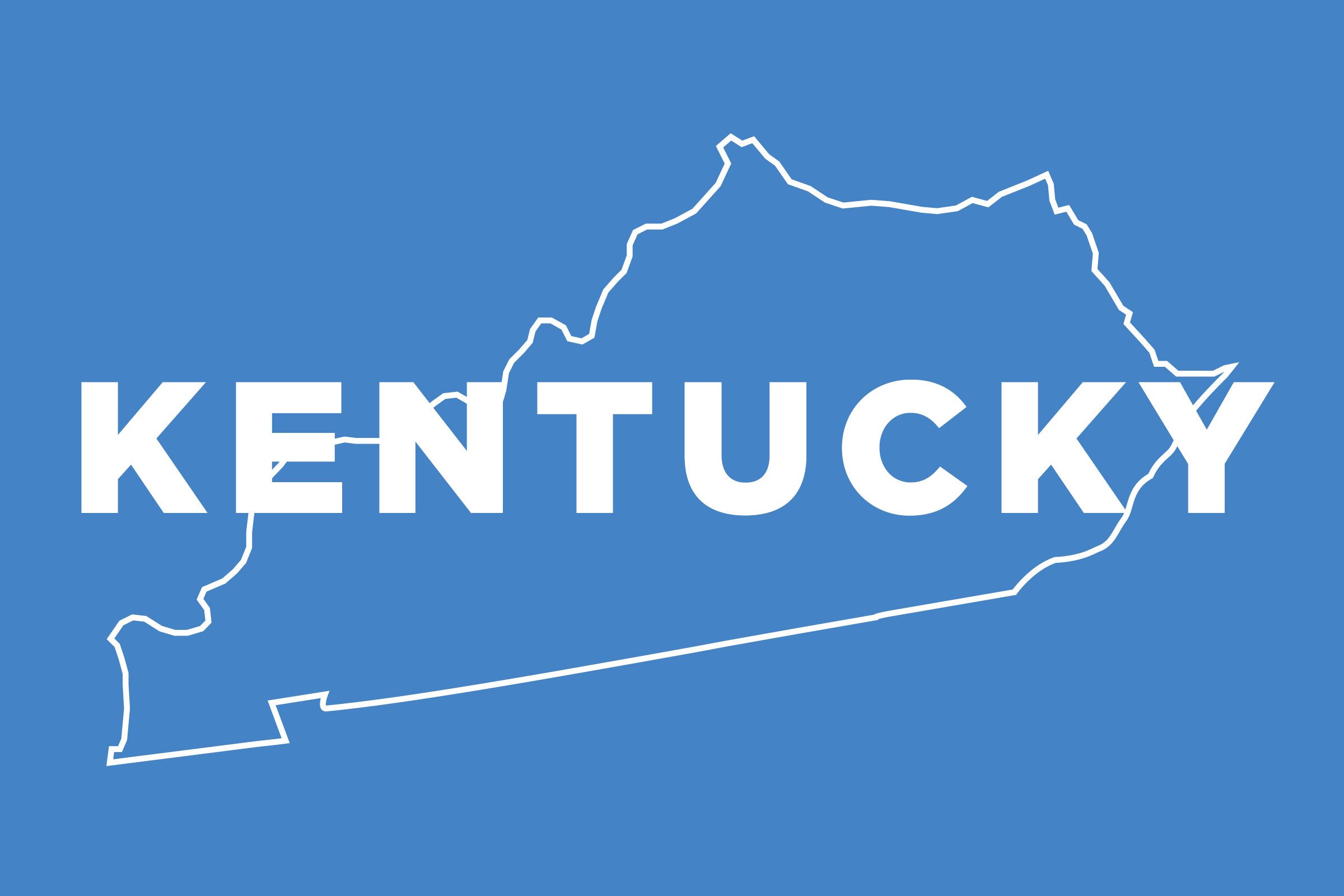 Emma Kapotes/Rd.com
Emma Kapotes/Rd.com
Underground vaults at Fort Knox hold one of the largest stockpiles of gold in the country. Not many people have seen the stash, though—and some even question whether the 27.5-pound bars, worth $6 billion, truly exist. Check out these other mind-blowing facts about money.
Louisiana
 Emma Kapotes/Rd.com
Emma Kapotes/Rd.com
A last-second home-team touchdown at Louisiana State University in 1988 sent the fans into such a frenzy that the victory registered as an earthquake on a local seismograph. Here’s how a big sporting event can give you a heart attack.
Maine
 Emma Kapotes/Rd.com
Emma Kapotes/Rd.com
Maine is the loneliest number: the single state whose name is just one syllable, the lone state that borders precisely one other state, and the only state whose official flower, the pinecone, is not a flower.
Maryland
 Emma Kapotes/Rd.com
Emma Kapotes/Rd.com
It’s the wealthiest state in the country, as measured by median household income. (This is the ultimate all American bucket list. 50 adventures in each of the 50 states.)
Massachusetts
 Emma Kapotes/Rd.com
Emma Kapotes/Rd.com
Sixteen of the top 25 windiest U.S. cities are located here. This is the surprising reason Chicago is called the windy city.
Michigan
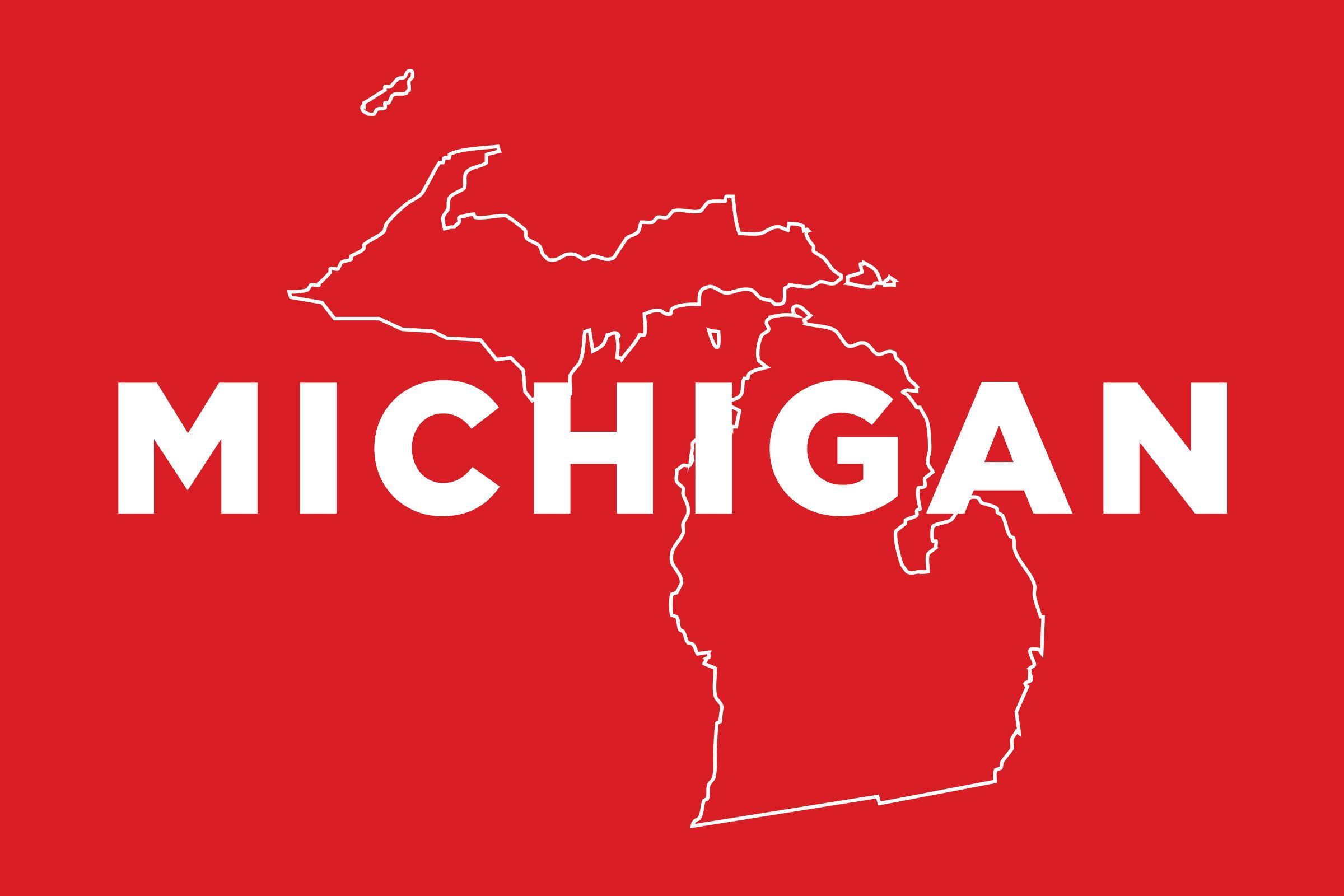 Emma Kapotes/Rd.com
Emma Kapotes/Rd.com
The Great Lake State offers the highest recycling refund in the country—10 cents per bottle or can. Unfortunately, a Seinfeld episode alerted out-of-staters to Michigan’s generosity, sparking a scheme that costs the state millions every year.
Minnesota
 Emma Kapotes/Rd.com
Emma Kapotes/Rd.com
This Land of 10,000 Lakes technically has more than 11,000.
Mississippi
 Emma Kapotes/Rd.com
Emma Kapotes/Rd.com
Dashing hatmaker John B. Stetson made his western creation at Dunn’s Falls after the Civil War, forever changing cowboy style.
Missouri
 Emma Kapotes/Rd.com
Emma Kapotes/Rd.com
Thanks to St. Louis and snacks popularized at the 1904 World’s Fair, Americans can now throw back giant quantities of Dr Pepper, cotton candy, iced tea, waffle cones, and frankfurters.
Montana
 Emma Kapotes/Rd.com
Emma Kapotes/Rd.com
The temperature in Loma once climbed from -54 degrees F to 49 degrees within 24 hours—the largest one-day hike ever recorded. (These 51 facts you’ve always believed are actually false.)
Nebraska
 Emma Kapotes/Rd.com
Emma Kapotes/Rd.com
About 80 percent of the world’s sandhill crane population alights on Nebraska’s Platte River during the cranes’ annual spring migration, bringing with them thousands of bird-watchers.
Nevada
 Emma Kapotes/Rd.com
Emma Kapotes/Rd.com
From 1951 to 1992, a swath of land about 65 miles northwest of Las Vegas was used for hundreds of nuclear weapons tests.
New Hampshire
 Emma Kapotes/Rd.com
Emma Kapotes/Rd.com
This state’s license plates—bearing the slogan “Live Free or Die”—are made by prison inmates.
New Jersey
 Emma Kapotes/Rd.com
Emma Kapotes/Rd.com
When it comes to the Garden State, remember two things: horses and divorces. New Jersey has more horses per square mile than any other state, including Kentucky, and the lowest divorce rate in the country.
New Mexico
 Emma Kapotes/Rd.com
Emma Kapotes/Rd.com
According to New Mexico state law, “idiots” are not allowed to vote. The statute doesn’t give a clear definition of who fits that description. (Check out these fascinating facts about America.)
New York
 Emma Kapotes/Rd.com
Emma Kapotes/Rd.com
Twice a year, the setting sun aligns perfectly with the Manhattan street grid, illuminating the borough’s east-west streets with an orange glow.
North Carolina
 Emma Kapotes/Rd.com
Emma Kapotes/Rd.com
The Biltmore Estate, in Asheville, is the largest privately owned home in the country, with more than four acres of floor space and 250 rooms (including 35 bedrooms and 43 bathrooms).
North Dakota
 Emma Kapotes/Rd.com
Emma Kapotes/Rd.com
The state that drank the most beer per capita in 2013 and 2014 but fell to second place in 2015, according to one survey. (Check out these reasons the American flag is even cooler than you thought.)
Ohio
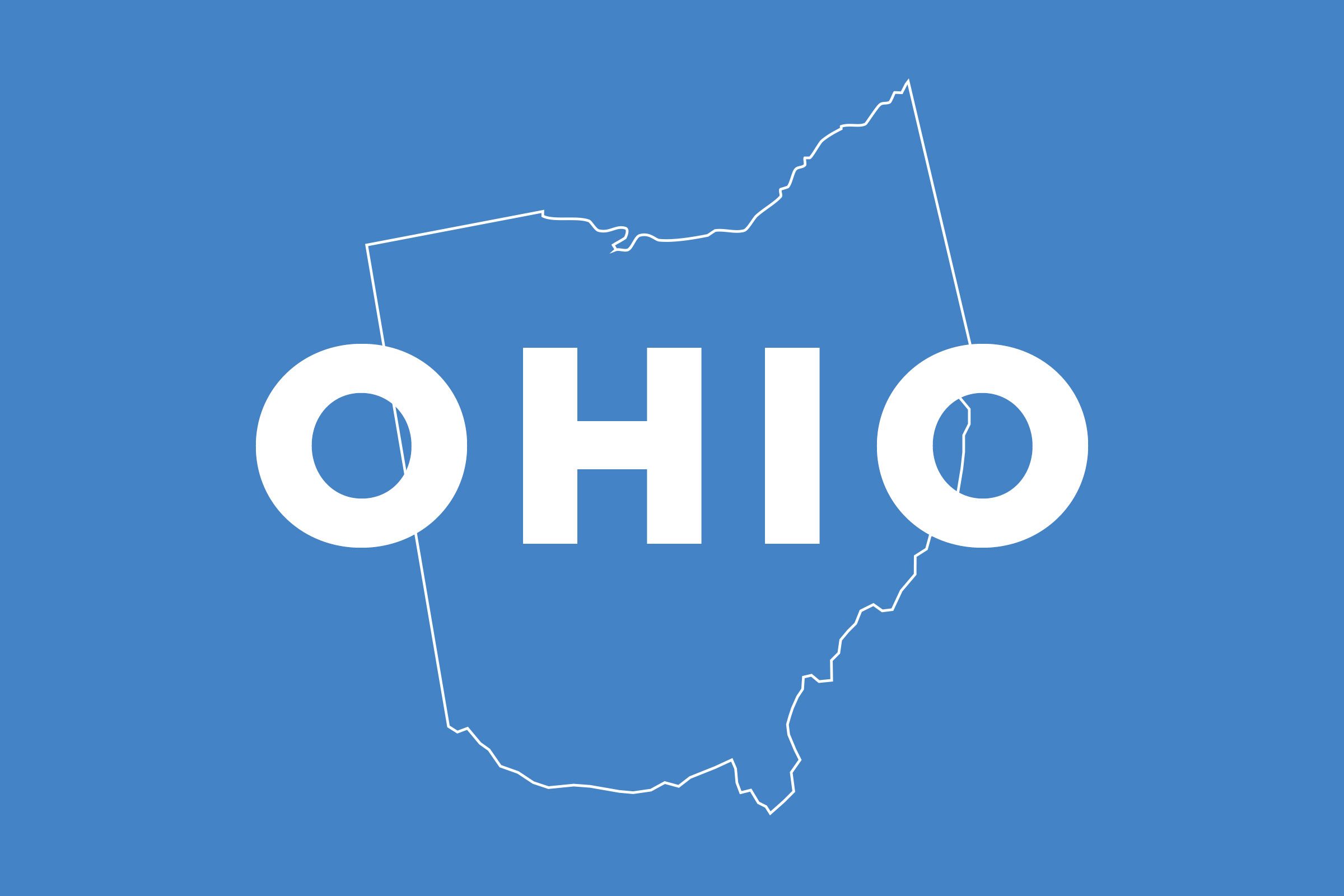 Emma Kapotes/Rd.com
Emma Kapotes/Rd.com
Half of the presidents who died in office were from Ohio: William Harrison, James Garfield, William McKinley, and Warren G. Harding. For more presidential trivia, check out these delightful little-known talents of U.S. Presidents.
Oklahoma
 Emma Kapotes/Rd.com
Emma Kapotes/Rd.com
It appears to serve up the only official state meal: a heaping plateful of fried okra, squash, corn bread, barbecue pork, biscuits, sausage and gravy, grits, corn, strawberries, chicken-fried steak, pecan pie, and black-eyed peas.
Oregon
 Emma Kapotes/Rd.com
Emma Kapotes/Rd.com
It boasts the nation’s fastest talkers, according to an analysis of consumer phone calls placed to businesses across the country. These are the most annoying speaking habits, according to science.
Pennsylvania
 Emma Kapotes/Rd.com
Emma Kapotes/Rd.com
This state’s name is spelled Pensylvania on the Liberty Bell. The Constitution uses one n in one section and two n’s in another.
Rhode Island
 Emma Kapotes/Rd.com
Emma Kapotes/Rd.com
The smallest state in the country has the longest official name: State of Rhode Island and Providence Plantations.
South Carolina
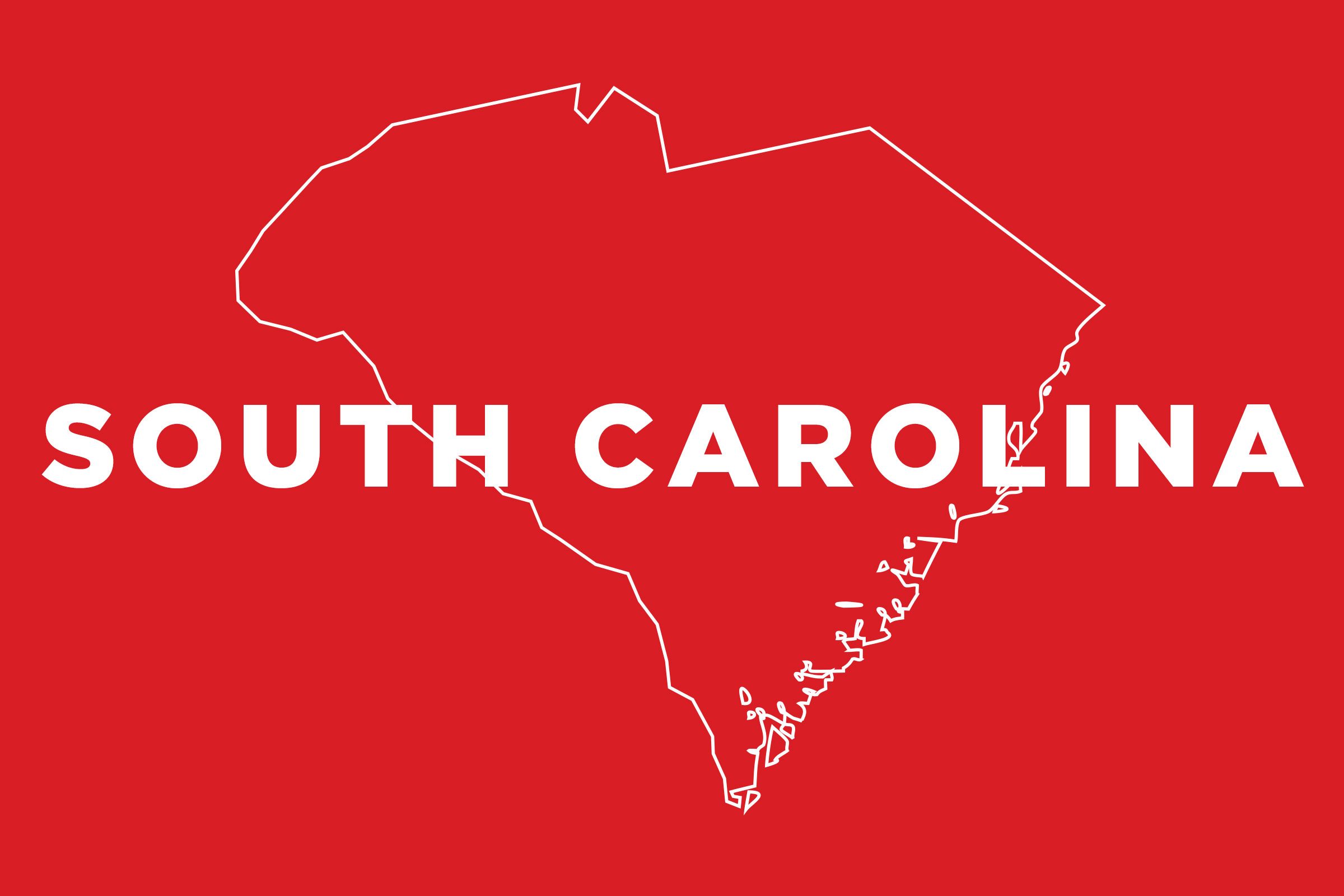 Emma Kapotes/Rd.com
Emma Kapotes/Rd.com
The Angel Oak Tree, located near Charleston, is estimated to be one of the oldest living things in the country. It produces a shadow that covers about 17,000 square feet.
South Dakota
 Emma Kapotes/Rd.com
Emma Kapotes/Rd.com
Catching some z’s must be easier in South Dakota, which one survey found is the least sleep-deprived state in the country.
Tennessee
 Emma Kapotes/Rd.com
Emma Kapotes/Rd.com
On a clear day, seven states are visible from Lookout Mountain, near Chattanooga.
Texas
 Emma Kapotes/Rd.com
Emma Kapotes/Rd.com
The phrase “Don’t mess with Texas” originated 30 years ago as the slogan for a campaign meant to combat littering. (These brain facts will blow your mind.)
Utah
 Emma Kapotes/Rd.com
Emma Kapotes/Rd.com
The Cleveland-Lloyd Dinosaur Quarry holds the highest concentration of Jurassic-era remains ever found. More than 12,000 dinosaur bones (and one egg!) have been excavated since the 1920s.
Vermont
 Emma Kapotes/Rd.com
Emma Kapotes/Rd.com
Don’t visit the Haskell Free Library and Opera House in Derby Line unless you’re prepped for travel. The stage is in Canada, while the fans watch from Vermont; the entrance is in the U.S., while the stacks are in lumberjack country. (Check out these international laws you’d never know where real.)
Virginia
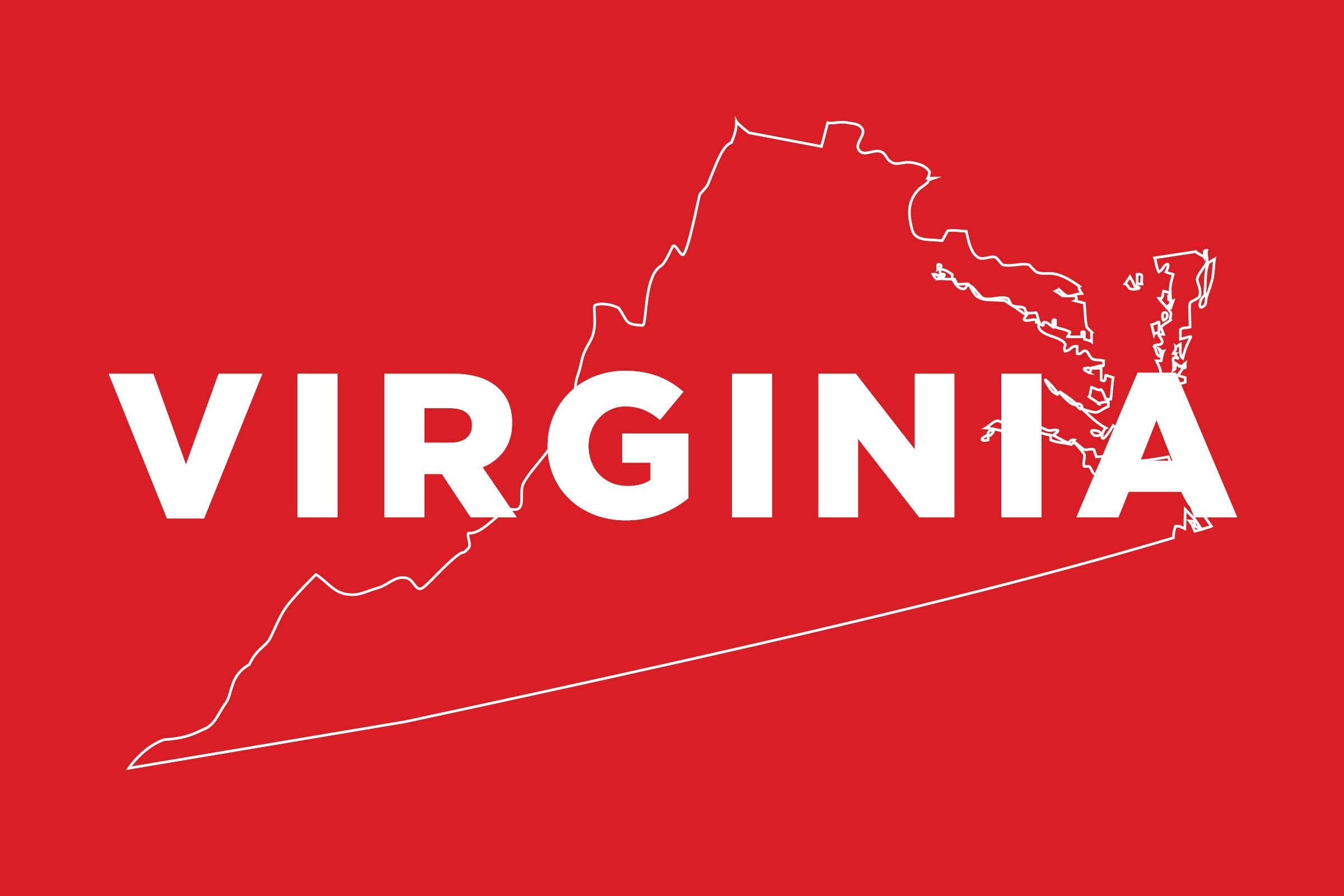 Emma Kapotes/Rd.com
Emma Kapotes/Rd.com
Virginia ranks number one in patriotism among the 50 states, according to one WalletHub survey, which based its list on factors like military and civic engagement.
Washington
 Emma Kapotes/Rd.com
Emma Kapotes/Rd.com
The world’s largest building by volume—Boeing’s final assembly factory in Everett—spans 98.3 acres and 472 million cubic feet. Seventy-five football fields could fit inside.
West Virginia
 Emma Kapotes/Rd.com
Emma Kapotes/Rd.com
In 1776, a group of residents asked the Continental Congress to create a 14th colony called Westylvania, including parts of West Virginia and surrounding areas; the plea was ignored.
Wisconsin
 Emma Kapotes/Rd.com
Emma Kapotes/Rd.com
When the state dance is the polka, it’s awfully convenient that A World of Accordions, a museum with more than 1,000 types of squeeze-boxes, is also found in the state.
Wyoming
 Emma Kapotes/Rd.com
Emma Kapotes/Rd.com
There are only two sets of escalators in the entire state. (You probably didn’t realize that these everyday habits were illegal.)
CULTURE
Here’s How Every State in America Got Its Name
Native American words, honoring royals, or homesick settlers—check out the crazy origins of every American state’s name.
Alabama: Land of vegetarians?
 Sean Pavone/Shutterstock
Sean Pavone/Shutterstock
The state of Alabama is named after the river which European explorers named after a local Native American tribe, according to the Alabama Department of Archives and History. Historians believe the tribe name is a portmanteau combining Alba (vegetation) and Amo (gatherer), which makes sense since Native Americans cleared a lot of the land in the state to grow vegetables. While the origin is debatable, here is a fun fact about Alabama: It’s the only state whose official drink is an alcoholic beverage.
Alaska: A great land
 Allen.G/Shutterstock
Allen.G/Shutterstock
The Russians sold Alaska to the United States in 1867. The name is sometimes loosely translated from the Aleut word “Alyeska” meaning “great land,” which is understandable because the state is bigger than Texas, California, and Montana combined. These days, Alaska’s willing to pay you $1,000 to move—and stay—there.
Arizona: A little spring or a big oak?
 Ste Lane/Shutterstock
Ste Lane/Shutterstock
Historians disagree over how Arizona got its name: One theory is that the name is derived from Papago tribal words meaning “place of the young spring.” Another theory is that the name derives from a Spanish word meaning “good oak tree.” The office of the governor notes that the written history of Arizona began in Spanish (when exploration parties ventured northward from Mexico).
Arkansas: South wind
 Zack Frank/Shutterstock
Zack Frank/Shutterstock
The state of Arkansas was named after a Native American tribe the Akana. “Arkansas” means “south wind” (i.e., “downstream”)—the tribe lived downstream from the major Algonquin tribe in the area. It stuck, at least in theory, although the spelling and pronunciation varied until well into the 19th century when the state passed a law declaring the spelling to be “Arkansas” but the pronunciation to be AR-can-saw. Contrary to Internet folklore, there is no penalty or other legal liability for misspelling or mispronouncing the state’s name. Check out these other things you won’t believe are banned in the United States.
California: Not an island
 Ruth Peterkin/Shutterstock
Ruth Peterkin/Shutterstock
The name comes from the Spanish legend of Queen Califa, ruler of an island called “California” (yes, the early explorers thought they were on an island). When Cortéz landed on Baja California, he believed he had found the island of Queen Califa, populated only by women who used gold to make tools and weapons. He wasn’t far wrong when, three centuries later, gold was discovered in California.
Colorado: The red river
 Gerald A. DeBoer/Shutterstock
Gerald A. DeBoer/Shutterstock
Colorado means “the color red,” and Spanish explorers named the muddy red river they found Rio Colorado. Congress chose the name for the territory in 1861.
Connecticut: Not because of the Constitution
 Jay Yuan/Shutterstock
Jay Yuan/Shutterstock
The founding fathers began drafting the U.S. Constitution in the state, but that has nothing to do with the name. By the 1600s, what is now the Connecticut River was already known by a derivation of the Native American word, quinnehtukqut, which means “long tidal river.” Did you know that one of Connecticut’s nicknames is the Nutmeg State?
Delaware: The first state
 Yvonne Navalaney/Shutterstock
Yvonne Navalaney/Shutterstock
Delaware got its name way back in 1610 when explorer Samuel Argall, sailing from Virginia, saw what is now Cape Henlopen and called it “Cape De La Warr” in tribute to the first governor of Virginia, Thomas West, who was also the 3rd Baron De La Warr. Learn the history lessons your teacher lied to you about.
Florida: Feast of the flowers
 Mia2you/Shutterstock
Mia2you/Shutterstock
Juan Ponce de Leon was the first to call the state Florida when he landed in the northeastern part in April 1513. The name comes from the celebration, Pascua Florida (Feast of the Flowers). He never found that “fountain of youth” he was looking for, but some still believe it could be somewhere in Florida. Test the rest of your history knowledge with these history questions everyone always gets wrong.
Georgia: For the other King George
 f11photo/Shutterstock
f11photo/Shutterstock
Georgia was named by the Royal Charter in 1732 after England’s King George II. King George II demanded that the thirteenth colony (which later became the state of Georgia) be named after him.
Hawaii: Small but fierce
 SergiyN/Shutterstock
SergiyN/Shutterstock
When Captain James Cook discovered the islands that are now Hawaii in 1778, he wanted the islands to be called the Sandwich Islands, after the Earl of Sandwich. But Hawaiian King Kamehameha I wasn’t buying into the anglicized naming; he united the islands under his rule by 1819 as the Kingdom of Hawaii. Like many state names, the etymology of Hawaii is subject to debate. Some say believe it means “homeland.” Others say it means “small and raging.” Others say it comes from the traditional settler of the islands, Hawai’iloa.
Idaho: Ida-hoax
 B Brown/Shutterstock
B Brown/Shutterstock
While it may sound like a Native American-derived name, Idaho may be entirely made up. A mining lobbyist claimed it was an Indian word that meant “gem of the mountains,” and hoped to name the territory that included Colorado accordingly. When Congress caught onto the fact that Idaho wasn’t actually an Indian word at all, they went with Colorado. That left “Idaho” free for the taking—and now it had a reputation. And in 1863, Congress dubbed the state territory Idaho.
Illinois: The French pronunciation
 Svetlana Ageeva/Shutterstock
Svetlana Ageeva/Shutterstock
If you were to pronounce “Illinois” using French pronunciation rules, it would sound something like Ill-in-WAH. That’s the key to understanding why Illinois is spelled that way—despite being pronounced Ill-in-OY. When French explorer Robert Cavelier, Sieur de La Salle discovered the land, he called it by the name of the Native American tribe in the area: the Illiniwok. He spelled it “Illinois,” as the French would. That’s the name Congress chose in 1818, but with a pronunciation that was decidedly not French. Check out why Chicago is known as the “Windy City.”
Indiana: An identity crisis
 Sean Pavone/Shutterstock
Sean Pavone/Shutterstock
No one would blame Indiana for having an identity crisis back in its early days. First, it was ruled by the French. When the English took over from the French, the territory became a county of Virginia before being separated into the Northwest Territory. By the early 19th century, Indiana had its own geographical boundaries and a name (named after the “Indians” from whom the land was acquired)—which it shared with Michigan until 1805 and Illinois until 1809.
Iowa: The beautiful land
 Felix Mizioznikov/Shutterstock
Felix Mizioznikov/Shutterstock
Iowa takes its name from the tribe of Native Americans who lived in the area (the Ayuxwa, or the English spelling: Ioways). The name is believed to mean, “one who puts to sleep.” Iowa‘s first recorded use was by Lieutenant Albert M. Lea, who had ventured across it on a mission in 1835 (when it was still part of the Wisconsin Territory) and later wrote about it in a book he published in 1836.
Kansas: A south wind blows
 Jeff Zehnder/Shutterstock
Jeff Zehnder/Shutterstock
Kansas takes its name from the Kansa tribe that lived in the area; the name loosely translates to “people of the South Wind.” The first recorded use of the name was by French explorers, who first explored the land in 1812. One explorer wrote the name Kansas on a map and after that, it just stuck. Think you know your geography? Test your mettle with this geography quiz.
Kentucky: Plain prairie
 Thomas Kelley/Shutterstock
Thomas Kelley/Shutterstock
Some experts believe the name comes from the Wyandot tribal name for “plain,” in reference to the central plains of the state. Other historians say it comes from the Iroquoian word meaning, “prairie.” Some say the name means “dark and bloody ground.” See if you can guess which American president was born in Kentucky.
Louisiana: Name fit for a French king
 Brendan van Son/Shutterstock
Brendan van Son/Shutterstock
Dubbed in 1862 by the same French explorer who later named Illinois, Louisiana honors King Louis XIV of France. The land was claimed by France until 1803 when Thomas Jefferson purchased as part of the Louisiana Purchase. Believe it or not, the purchase was supposed to be memorialized on Mt. Rushmore—check out what went wrong.
Maine: The story we’re sticking with
 f11photo/Shutterstock
f11photo/Shutterstock
The first record of Maine being called “Maine” was dated August 10, 1622, and comes from English Royal Navy veterans Sir Ferdinando Gorges and Captain John Mason. Historians believe they called the territory Maine to distinguish it from all the islands off the coast. Of course, the area was first discovered by the French. To settle the matter, the Maine legislature adopted a resolution in 2001 stating that “Maine” was named after the French province by the same name.
Maryland: Queen Mary
 Sean Pavone/Shutterstock
Sean Pavone/Shutterstock
Maryland is named for a French-born queen of England: King Charles’ wife, Queen Henrietta Maria (a.k.a., Queen Mary). When King Charles gave Lord Baltimore a charter in 1632 to establish the new colony, he included the stipulation that it be named in his wife’s honor.
Massachusetts: Great hill
 Sunny Chanruangvanich/Shutterstock
Sunny Chanruangvanich/Shutterstock
This New England state was named after the Massachusetts Indians who lived in the region, the name loosely translates to “at the great hill.” The name was first recorded in by Captain John Smith, who visited the area in 1614, in his book, A Description of New England. Smith also gave New England its name. When you’re in Massachusetts, don’t forget to check out the New England Trail, one of America’s most stunning hiking trails.
Michigan: Large water
 Craig Sterken/Shutterstock
Craig Sterken/Shutterstock
The name comes from the Chippewa word “michigama” which means “great or large lake.”European explorers named Lake Michigan after the tribe’s word in 1670. Later, the entire state took that name as well.
Minnesota: Clouds on the water?
 Dan Thornberg/Shutterstock
Dan Thornberg/Shutterstock
Minnesota’s name comes from the Dakota tribe’s words for “water”—mni—and “clouds”—sota. But whether the water was cloudy, or whether the water was so clear it reflected the clouds in the sky is a mystery we may never solve.
Mississippi: Big river
 Sean Pavone/Shutterstock
Sean Pavone/Shutterstock
The name comes from the river, which got its name from the Native American communities that used it for transportation and food. They called it misi sipi, which translates to “big water.” If you’re fond of state trivia, try this state nicknames quiz.
Missouri: Not so muddy after all
 Rudy Balasko/Shutterstock
Rudy Balasko/Shutterstock
The Sioux tribe is the source for the name of Missouri, according to Missouri’s Secretary of State. The word has often been interpreted to mean “muddy water,” but according to the Smithsonian Institution Bureau of American Ethnology, the name means “town of the large canoes.”
Montana: Mountainous
 Bill45/Shutterstock
Bill45/Shutterstock
Montana is the fourth largest state by area (behind Alaska, Texas, and California) but it is also one of the country’s least densely populated states. Its name is derived from the Spanish word montana meaning “mountain,” even though Montana’s average elevation of 3,400 feet makes it the lowest of all the Rocky Mountain States. Don’t miss the U.S. trivia your teacher never told you about.
Nebraska: The broad river
 Christopher Boswell/Shutterstock
Christopher Boswell/Shutterstock
The state name of Nebraska is derived from the Native American name for the Platte River, which runs through it (“Nebrathka” meaning “flat water”). The name was first used in writing in 1842 by John Charles Frémont, and it stuck.
Nevada: Snowy range
 Evgeniya Lystsova/Shutterstock
Evgeniya Lystsova/Shutterstock
Nevada was named for the nearby mountain range—mostly in California—called the Sierra Nevadas. The name comes from the Spanish settlers who marveled at the snowy peaks (nevada translates to “snow-covered”). In 1859, Congress shortened the name of the territory (that became the state) to Nevada. Note: Nevadans prefer to pronounce the state’s name with the flat “a” like the one in “trap” even though the name’s derived from the Spanish, which means the “a” would sound like the one in “palm.” Here are the most difficult to pronounce towns in every state.
New Hampshire: Live free or die
 jiawangkun/Shutterstock
jiawangkun/Shutterstock
Named by Captain John Mason after Hampshire county in England, the state was the ninth state to ratify the U.S. Constitution and the first state to have its own constitution. Its spirit of independence is epitomized in the state motto—”Live Free or Die.” It plays an important role in national elections, as it is the first state to hold national primaries, and its primary results are thought to influence those in the rest of the nation, giving rise to the saying “As New Hampshire goes, so goes the nation.”
New Jersey: Two namesakes in one
 f11photo/Shutterstock
f11photo/Shutterstock
The name comes from the English Channel island of Jersey in honor of Sir George Carteret (one of the two men to whom the land of New Jersey was originally given). And Sir Carteret? He’s the namesake of the township called Carteret—in New Jersey. Although the state is known for its industry, its “Garden State” nickname is well-deserved: New Jersey is a leading producer of cranberries, blueberries, and tomatoes.
New Mexico: An Aztec god
 Tim Pleasant/Shutterstock
Tim Pleasant/Shutterstock
New Mexico was the name the Spanish used for lands north of the Rio Grande. Mexico refers to an Aztec god, Mexitli. The name New Mexico was given to the land ceded to the United States by Mexico after the Mexican-American War.
New York: The big orange?
 Romrodphoto/Shutterstock
Romrodphoto/Shutterstock
In 1624, the Dutch arrived in the land that’s now New York and called it New Amsterdam(after Holland’s biggest city). By 1664, New Amsterdam fell into the hands of the British, who renamed it New York in honor of the Duke of York. In 1673, the Dutch regained control of New York and rechristened it New Orange, its official name for about a year—at which point it was permanently ceded to the British under the Treaty of Westminster, and it went back to being New York.
North Carolina: Charles in charge
 outdoorimages/Shutterstock
outdoorimages/Shutterstock
North and South Carolina were part of one colony until 1729 when the Province of Carolina was split. In 1629, King Charles I granted the territory to Sir Robert Heath; he named it Carolina. This word is derived from the name Carolus, translated as “Charles.” King Charles II, who granted another charter that expanded the Province, also was honored by the name. Here are the geography mistakes we’re all guilty of making.
North Dakota: A name change?
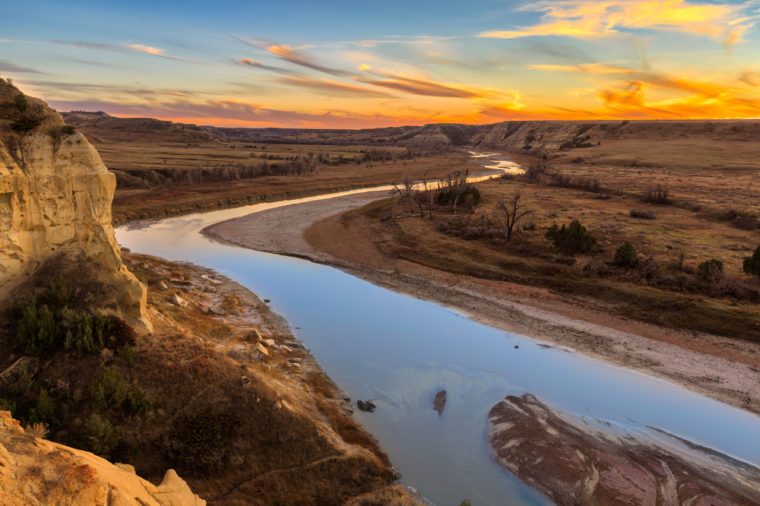 ZakZeinert/Shutterstock
ZakZeinert/Shutterstock
The land that is now North Dakota was acquired from the French as part of the Louisiana Purchase. The “Dakota Territory” was formed in 1861 and included what is now North and South Dakota, as well as Montana and Wyoming. Dakota comes from a Sioux tribe from the region, and translates to “friend.” In 1889, the Dakotas were admitted into the Union as states (Montana also became a state in 1889; Wyoming followed in 1890).
https://www.ndstudies.gov/gr8/content/unit-ii-time-transformation-1201-1860/section-1-louisiana-purchase
Ohio: Another great river
 Pedro Gutierrez/Shutterstock
Pedro Gutierrez/Shutterstock
According to History.com, Ohio got its name from the Iroquois word, “O-Y-O,” which means “great river.” The nickname, the “Buckeye State,” refers to the local buckeye tree, whose fruit was believed by early native Americans to bear a striking resemblance to the eye of male deer.
Oklahoma: kind of like Indiana
 Paul Brady Photography/Shutterstock
Paul Brady Photography/Shutterstock
“Okla humma” was a phrase in the Choctaw language that described the skin-color of Native Americans as a whole. Okla means “people” and humma means “red.” In 1890, two years after the area was opened to white settlers, the anglicized version of the name was approved for the territory.
Oregon: Big storm, big ears, or… oregano?
 Jess Kraft/Shutterstock
Jess Kraft/Shutterstock
The first use of Oregon seems to date back to 1778 and refers to the local river—now called the Columbia. There are numerous theories as to the origins of the state’s name—not to mention how it’s pronounced: Ore-gun? Or the locals’ preferred three-syllable OR-a-gun? The naming theories include:
- The name comes from the Quebecois word ouragn, which sounds close to the way Oregon residents pronounce their state’s name. It means “hurricane” and may refer to the weather conditions faced by Canadian fur trappers.
- The name comes from the Spanish word orégano for the wild sage that’s indigenous (and grows like a weed) in parts of Oregon.
Pennsylvania: Bold Quaker
 f11photo/Shutterstock
f11photo/Shutterstock
In 1681, England’s King Charles II (the same one who chartered Maryland in 1832), gave William Penn, a Quaker, the right to settle there. The King didn’t specify that the settlement should have any particular name, so Penn named it “Pennsylvania,” after his father, Admiral Sir William Penn. Or himself, depending on how you look at it.
Rhode Island: An island in a far-flung sea
 Jim Schubert/Shutterstock
Jim Schubert/Shutterstock
The first mention of the name can be found in a letter from 1524 from the explorer Giovanni da Verrazzano: He refers to an island near the mouth of Narragansett Bay that looks like the Isle of Rhodes in the Aegean Sea. “Rhode Island” stuck as the informal name until it was adopted as the official colony name in 1663.
South Carolina: Golf galore
 Sean Pavone/Shutterstock
Sean Pavone/Shutterstock
South Carolina has the same origin story as North Carolina, but its own unique topography and history. It’s home to more than 350 golf courses and had a relationship to the game of golf since as early as 1743 when the city of Charleston welcomed a shipment of golf balls and clubs from Scotland.
South Dakota: The original?
 Jess Kraft/Shutterstock
Jess Kraft/Shutterstock
The origins of South Dakota’s name are the same as that of North Dakota. But just a year after the Louisiana Purchase, Fort Pierre was established by the Lewis and Clark expedition as South Dakota’s first permanent American settlement. Fun fact: South Dakota was admitted to the Union just moments before North Dakota, but that decision was entirely random. President Benjamin Harrison just shuffled the bills for both of the Dakotas and signed one at random.
Tennessee: The one with many spellings
 f11photo/Shutterstock
f11photo/Shutterstock
Parts of Tennessee were almost included in a 14th colony that would have been known as “Transylvania.” Otherwise, details for the origin of “Tennessee” have been lost over time, but Spanish explorer Captain Juan Pardo was the first to record the name in 1567. As the story goes, he and his soldiers had encountered a native American village called “Tanasqui.” Many, many spellings were tried out, but the first record of one that stuck is in an official correspondence from the Governor of South Carolina in the 1750’s. Tennessee became a state in 1796. These are other states that were almost a part of the United States.
Texas: Hello friend
 Zack Frank/Shutterstock
Zack Frank/Shutterstock
Texas comes from the word teysha meaning “hello friend” in the language of the Caddo tribe. Spanish explorers and settlers used this word in the 16th century to refer to the friendly tribes throughout Louisiana, Oklahoma, and Texas. The first recorded use predates 1689 when the area was referred to as “the great kingdom of Texas” by a Spanish explorer. Although the reference, itself, created a debate (about whether anyone should be calling the land a kingdom or calling it a word that’s merely a greeting), but it stuck.
Vermont: Green mountains
 Sean Pavone/Shutterstock
Sean Pavone/Shutterstock
“Vermont” is a portmanteau of sorts from the French words for “green” and “mountain”—verd and mont. (Vermont is the Green Mountain State, after all.) The French explorer, Samuel de Champlain first recorded the name on a map in 1647. Thinking of where you want to retire? Don’t forget to check out Burlington, as well as these other amazing places to retire around the world.
Virginia: The first colony and the first one named for a woman
 JoMo333/Shutterstock
JoMo333/Shutterstock
Virginia was named for Queen Elizabeth I of England, also known as the Virgin Queen. It’s thought that Sir Walter Raleigh suggested the name to the Queen in 1584 when she gave Raleigh permission to colonize the land.
Utah: People of the mountains
 bjul/Shutterstock
bjul/Shutterstock
Mountains, high plateaus, and deserts distinguish Utah’s topography. When Spanish settlers arrived in the area in the late 16th century, they noticed that some of the native tribes lived in the mountains, while some lived in the valleys. The Apache word,yuttahih refers to either “high places” or “people who live in high places.” It stuck with the settlers, who referred to the natives who lived in the mountains as the Ute people (the Utes are a native American tribe living primarily in Utah to this day) and the land as Utah.
Washington: This one’s easy
 f11photo/Shutterstock
f11photo/Shutterstock
Yep: Both Washington State (and Washington D.C.) are named for the first president of the United States. Granted statehood in 1889, Washington is the only state named after a president. Check out these facts about George Washington your teachers never taught you in school.
https://www.history.com/news/ask-history/how-did-washington-d-c-get-its-name
West Virginia: Separated, but keeping the name
 Jon Bilous/Shutterstock
Jon Bilous/Shutterstock
When West Virginia withdrew from Virginia in 1861 because it didn’t agree with Virginia’s seceding from the Union, it considered the names, “Kanawha,” “Vandalia,” “Augusta,” “Allegheny,” “New Virginia,” and “Western Virginia.” But despite their political disagreement with Virginia, residents in the western half of the state still retained a fondness for the name.
Wisconsin: The stream meandering through the red bluffs
 f11photo/Shutterstock
f11photo/Shutterstock
Wisconsin was originally “Meskonsing,” which is the Native American name for the river (now called Wisconsin as well) that runs 430 miles through the state. The English eventually changed the spelling to “Wisconsin,” because that’s what the Indian word sounded like to them. “Recent scholarship has concluded that the word actually means, ‘this stream meanders through something red,’” according to WisconsinHistory.org and that the “something red” is Wisconsin’s sandstone bluffs (the Wisconsin Dells).
Wyoming: A state of indecision
 Chase Dekker/Shutterstock
Chase Dekker/Shutterstock
Depending on who you talk to, the word Wyoming means either “large plains,” “mountains and valleys alternating,” “at the big river flat,” or “a large prairie place.” What is known for certain is that the name was proposed by Ohio Congressman James M. Ashley in 1865, although he later questioned his decision to support creating a congressional district out of the incredibly arid land. Wyoming became a territory in 1868 and a state in 1890. Next, don’t miss these 50 facts about the 50 states.
- লিঙ্ক পান
- ইমেল
- অন্যান্য অ্যাপ

মন্তব্যসমূহ
একটি মন্তব্য পোস্ট করুন